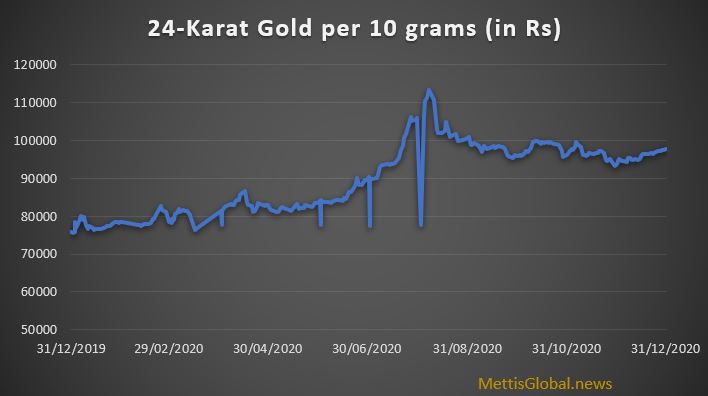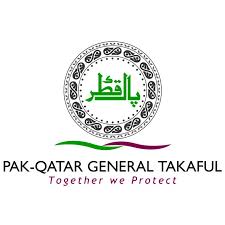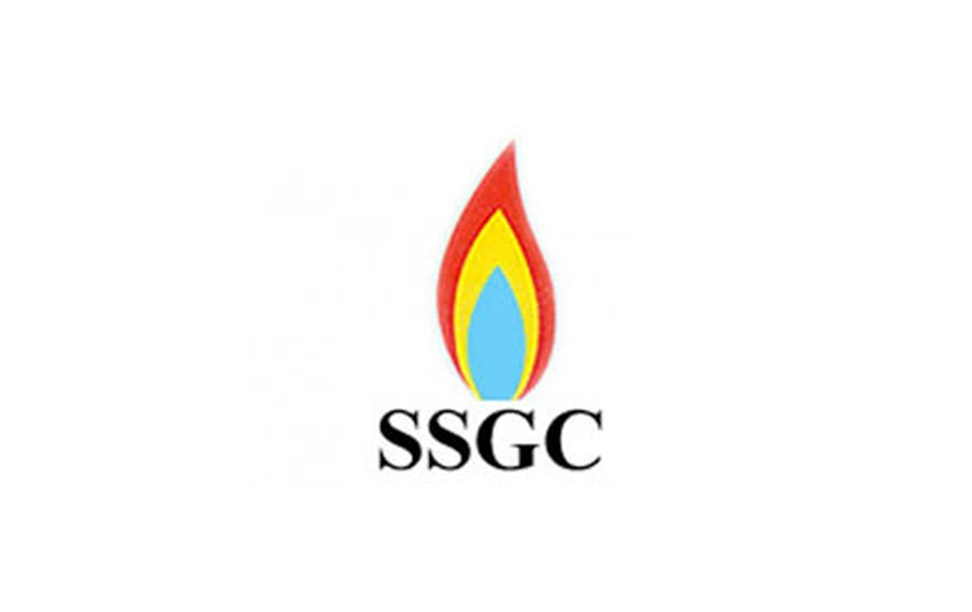KSE-100 Yearly Review - The Turn of the Century

MG News | January 01, 2021 at 05:48 PM GMT+05:00
January 1, 2021 (MLN): The Pakistan Stock Exchange remained one of the biggest highlights of the departed year, for it showed applaudable recovery throughout the period, even beating global indices to become one of the leading stock exchanges in the world at one point.
The year was marked by several economic and political events, which despite being overshadowed by the spread of COVID-19 in the country, helped the KSE-100 register healthy gains. The benchmark index, during the year 2020, gained around 3,020 points to close at 43,755-mark i.e. nearly 7.41% higher as compared to the closing of 40,735 recorded during the end of the year prior to it.
However, the performance of the index is still way lower than the expectations that were set at the start of the year. To recall, various market analysts had anticipated that the benchmark index would cross the 50,000-level by the end of the year 2020. This expectation was backed by assumptions pertaining to the state of the economy, some of which included growth in corporate earnings, the materialization of the second phase of CPEC, and monetary policy easing which was to take place in May 2020.
But this failure to meet the expectation is excusable as at that point, no one had predicted that COVID-19 would spread across the globe at the rate that it has, causing grave disruptions and economic losses to many nations. In comparison to these countries, the performance of KSE-100 is still highly commendable yet surprising.
The first month of the year proved to be much more relieving, as the index not only followed an upward trajectory but also touched a yearly high. Several economic factors, such as inflow of foreign funds via investment in T-bills, stability in PKR-USD exchange rate, curtailment of Current Account Deficit, and enhancement in SBP’s foreign reserves, helped the index reach an altitude of over 43,000 points.
The mounting tension between the United States and Iran, after the former assassinated a top Iranian official, had dented the well-being of the index temporarily, as it was seen as an opportunity by investors to dump their stocks. The situation worsened after Iran launched missile attacks on US targets in Iraq in retaliation to the killing of its top general. While this entire political turmoil generated uncertainty on the trading floors, the situation quickly recuperated after the US announced that it had no plans to further escalate the tensions.
The month of February was host to several hostile news for the domestic Stock market, which shifted investors into a frenzy mode. Multiple factors such as hotter than expected CPI readings for January and delays in the conclusion of the second IMF review dented investors’ confidence.
The month of March was a turning point for the stock markets not just in Pakistan but across the globe, courtesy of COVID-19. A selling stampede in global equity markets was observed as the epidemic Coronavirus dispersed rapidly beyond its epicenter in China, reaching other Asian Countries including Pakistan further exacerbated negativity and havoc, triggering the selling pressure in the domestic markets.
The arrival of the COVID-19 into Pakistan very easily spilled waters on all the efforts and hardships by the Government to revive the economy. Several attempts by the authorities to rebuild the confidence of investors, such as the announcement of Rs. 1 trillion stimulus packages and the curtailment in Policy Rates by the State Bank of Pakistan four times, helped in providing respite to the faltering stock markets to only some extent. To keep the economy going, the government even allowed several companies and industries across the country to resume their operations, given that all necessary precautions and safety measures were in place.
In addition to the spread of Coronavirus in Pakistan, the deterioration in large scale manufacturing index on account of low demand, increase in yields of government securities, concerns over fiscal recovery due to considerable revenue shortfall, and the vagueness over FATF meeting to ascertain Pakistan’s status also shattered market sentiments, which further resulted in investors choosing to remain on the side-lines.
The period between April and June was quite happening for the index for a whole lot of reasons. The decision by the government to lift the lockdown in order to keep the economy at its feet did not work much in favor of the stock markets. Following this futile decision, the country saw an extremely drastic increase in the number of COVID-19 cases, which ultimately secured Pakistan's 12th position globally in terms of the highest cases.
Another prominent factor was the announcement of the highly anticipated Federal Budget for the Fiscal Year 2021, which mainly focused on mulling tax reliefs. Not only did it fail to excite the nation, but also turned out to be unsuccessful in soliciting investment and driving the index up.
During the month of June, four heavily armed terrorists attempted to enter Pakistan Stock Exchange premises on the morning of June 29, 2020, but were thankfully stopped from entering the premises and killed by the security forces, which resulted in the situation being brought under control within 12 minutes only. Surprisingly, this event had no impact whatsoever on the stock markets, which closed on a highly endearing note the same day.
The capital markets rebounded sharply during the month of July, on account of policy cut by SBP to 7 % on 25th June that helped investors improved their earnings, and increased liquidity due to the shifting of the flow of funds from the money market to the equity market. It is worth highlighting that during July, PSX witnessed its highest return in the past 17 years. Besides this, several other measures and economic developments drove the stock markets, such as the jump in SBP’s reserves reversing the PKR-USD parity to 166/USD level from PKR 168/USD Jun’20 closing, business-friendly policies doled out by the govt, and a noticeable drop in COVID-19 cases.
The index extended its winning streak in the month of August wherein it successfully crossed the 41,000-mark for the first time in so many months, courtesy of economic growth and recovery. The victory was further led by deteriorating cases of COVID-19 in the country, for which, Pakistan received its due appreciation across the globe. Other factors that came into play later during the month include the contract between the Government and IPPs pertaining to the circular debt clearance. However, there were some not-so-incredible factors that at some point during the month, pushed the index towards the red zone. These factors include the verdict given by the Supreme Court on GIDC, which did not go in the favor of the industries at large and the fertilizer sector in particular.
The month of September did not turn out to be as fruitful as the two months prior to it, ultimately breaking the winning streak that the KSE-100 had been on since the start of the new fiscal year. Most of the panic was insinuated by both political instability and economic uncertainty. For instance, Fitch Ratings released a report wherein it anticipated deterioration in remittance inflows to widen current account deficits, contributing to higher external financing needs. Moreover, the arrest of PML-N leader, Shahbaz Sharif, by NAB on account of money laundering, created most of the ruckus on the trading floors. Most importantly, the resurgence of COVID-19 cases in Pakistan, especially after the reopening of schools, has put investors in a dubious state.
However, there were many positive changes during the month that at some point influenced the trading activity. For instance, Pakistan, for the second consecutive time, witnessed a Current Account Surplus of USD 297 million for the month of August. Furthermore, Prime Minister Imran Khan announced a historic Rs. 1,100 billion package under the Karachi Transformation Plan to resolve the lingering and chronic issues of the port city, including the provision of clean drinking water, cleaning of drains, and sewage and solid waste disposal within three years.
While September’s performance turned out to be disastrous, the quarterly performance was widely hailed across the globe as KSE-100 emerged as the best-performing equity market in the world.
During October, the stock markets staged yet another melodramatic performance as COVID-19 showed a resurgence in Pakistan. The rise in the cases emerged after the government allowed shops, restaurants, marriage halls, schools, and universities to reopen. With the second wave of COVID-19 affecting most of the world, the demand for tourism and international travel once again took a significant hit, causing a decline in the oil demand. This led to an increase in oil inventories in various parts of the world, causing a massive decline in its prices.
Another important event was the FATF meeting. Even though the government tried to paint a very positive picture out of the meeting by suggesting that FATF took note of the significant progress made by the country on a number of action plan items, and recognized its irreversible efforts on implementation of FATF Action Plan, the overall impact of the outcome of the meeting on the KSE-100 was still disastrous.
The appreciation of PKR on the back of higher remittances and Current Account Surplus also helped raise the confidence of investors. It is pertinent to note that Pak Rupee's Real Effective Exchange Rate Index (REER) increased by 2.54 percent in September 2020 to a provisional value of 94.12 from the revised value of 91.79 in August 2020.
Stock Markets witnessed a cheery period during November, as the quest for an effective Covid-19 vaccine strengthened investors’ confidence. The announcement of US electoral results kept the overall global equity markets into negative territory. However, the announcement of Biden's victory recovered earlier losses. On the domestic front, the factors that rekindled investors’ interest in domestic equities included the Industrial Support Package announced by PM, the decline in trade deficit by 23%, retainment of Emerging Market Status in MSCI Semi-Annual Index Review, and increase in the Large Scale Manufacturing Industries Index by 4.81% during July- September FY21.
Moreover, another development responsible for rallying in domestic equities was the Current Account Surplus for the fourth consecutive month. This, coupled with ECC’s direction to prepare a proposal for clearing Petroleum Division’s Circular debt of over Rs 1020 billion within a month and the Asian Development Bank (ADB)’s intention to provide $10 billion in fresh assistance for various development and policy-based projects, provided a major dose of hope for economic recovery.
Finally, the month of December saw bullish activity from investors, owing to slowing off inflationary pressures along with the consecutive rise in Current Account surplus for the fifth month. The waiver of Regulatory and Custom duties on imported raw material along with the rise in textile exports specifically helped the textile sector to register high gains. Moreover, there was a recovery in the prices of Crude Oil which helped improve the performance of Oil and Gas Marketing Companies as well as the Refinery Sector.
During the period under review, most of the points were brought in by the Cement sector (+1,912), Technology & Communication (+1,208), Pharmaceuticals (+437) Textile Composite (+379), and Automobile Assembler (+358), whereas the sectors that snatched the most points included Oil & Gas Exploration Companies (-1,095), Commercial Banks (-594), Power Generation & Distribution (-286), Tobacco (+281), and Oil & Gas Marketing Companies (-241).
In specific, the scrips of LUCK (+778), TRG (+709), SYS (+496), FFC (+284), and MLCF (+235) turned out to be the most desirable ones, while the shares of PPL (-667), OGDC (-454), HBL (-352), UBL (-339) and, PAKT (-212) accounted for the most points lost during the year.
During the year, foreign investors observed net selling of $571.5 million, with Foreign Corporates doing the maximum selling at $541.8 million. On the local front, significant net buying of $232.2 million was observed amongst Individual Investors, followed by Insurance Companies and Local Companies that bought securities worth $229.8 million and $110.6 million, respectively. On the other hand, Banks/DFIs and Broker Propriety Traders sold securities worth $33.4 million and $14.2 million, respectively.
The KSE All Share Market Cap declined by $175.34 million, from $50.44 billion to $50.27 billion, demonstrating a decline of 0.35%. In terms of PKR, the Market Cap increased by Rs. 223.5 billion, from Rs. 7.8 trillion to Rs. 8.03 trillion.
Outlook:
Pakistan is likely to witness another influx of foreign income post-New Year and Christmas Holidays, as per Shajar Capital. This will in turn improve the performance of the index for the month of January 2021. Furthermore, the first few months of the year will be influenced by sectors such as Cement, Steel, IT, and Textile as their performance will improve due to the implication of tax extensions for the construction and engineering sectors.
Moreover, the effects of EV policy along with the announcement of Automobile industry volumes will result in improved investment sentiments in the Automobile sector. Pakistan is also likely to witness continuation in the Current Account Surplus for the majority of 1HFY2021.
The majority of the brokerage houses have predicted that the benchmark index will cross the 50,000-mark during the year, with AKD suggesting a yardstick of 56,000 points i.e. a whopping 28% higher than the close of 2020. As per these expectations, the index will most likely close the year within the range of 51,963 points to 56000 points.
Copyright Mettis Link News
Related News
| Name | Price/Vol | %Chg/NChg |
|---|---|---|
| KSE100 | 138,597.36 256.32M | -0.05% -68.14 |
| ALLSHR | 85,286.16 608.38M | -0.48% -413.35 |
| KSE30 | 42,340.81 77.13M | -0.03% -12.33 |
| KMI30 | 193,554.51 76.19M | -0.83% -1627.52 |
| KMIALLSHR | 55,946.05 305.11M | -0.79% -443.10 |
| BKTi | 38,197.97 16.53M | -0.59% -225.01 |
| OGTi | 27,457.35 6.73M | -0.94% -260.91 |
| Symbol | Bid/Ask | High/Low |
|---|
| Name | Last | High/Low | Chg/%Chg |
|---|---|---|---|
| BITCOIN FUTURES | 117,670.00 | 121,165.00 117,035.00 | -1620.00 -1.36% |
| BRENT CRUDE | 69.23 | 70.77 69.14 | -0.29 -0.42% |
| RICHARDS BAY COAL MONTHLY | 96.50 | 0.00 0.00 | 2.20 2.33% |
| ROTTERDAM COAL MONTHLY | 104.50 | 104.50 104.50 | -0.30 -0.29% |
| USD RBD PALM OLEIN | 998.50 | 998.50 998.50 | 0.00 0.00% |
| CRUDE OIL - WTI | 66.03 | 67.54 65.93 | -0.20 -0.30% |
| SUGAR #11 WORLD | 16.79 | 17.02 16.71 | 0.05 0.30% |
Chart of the Day
Latest News
Top 5 things to watch in this week
Pakistan Stock Movers
| Name | Last | Chg/%Chg |
|---|
| Name | Last | Chg/%Chg |
|---|




 Weekly Forex Reserves
Weekly Forex Reserves